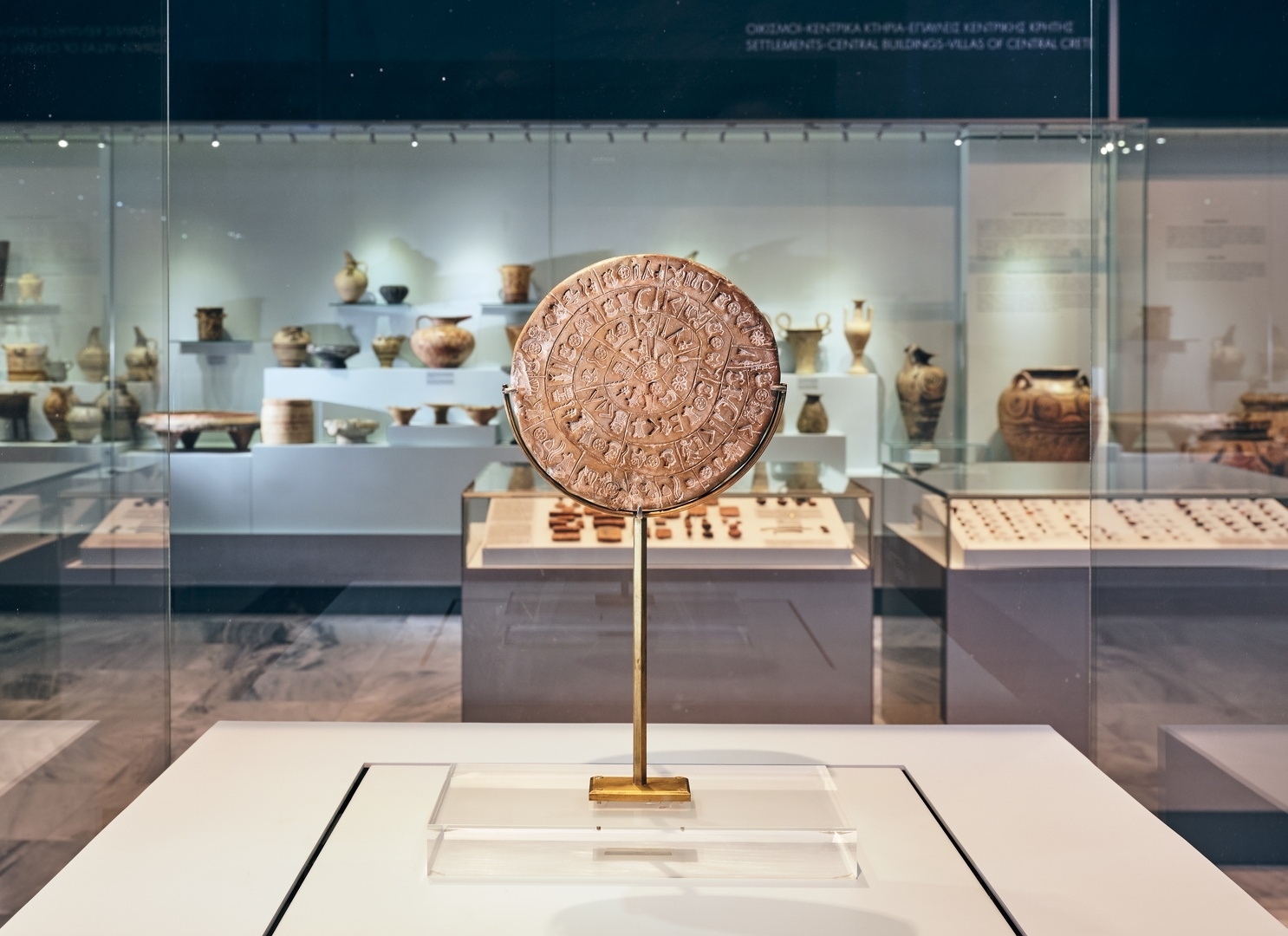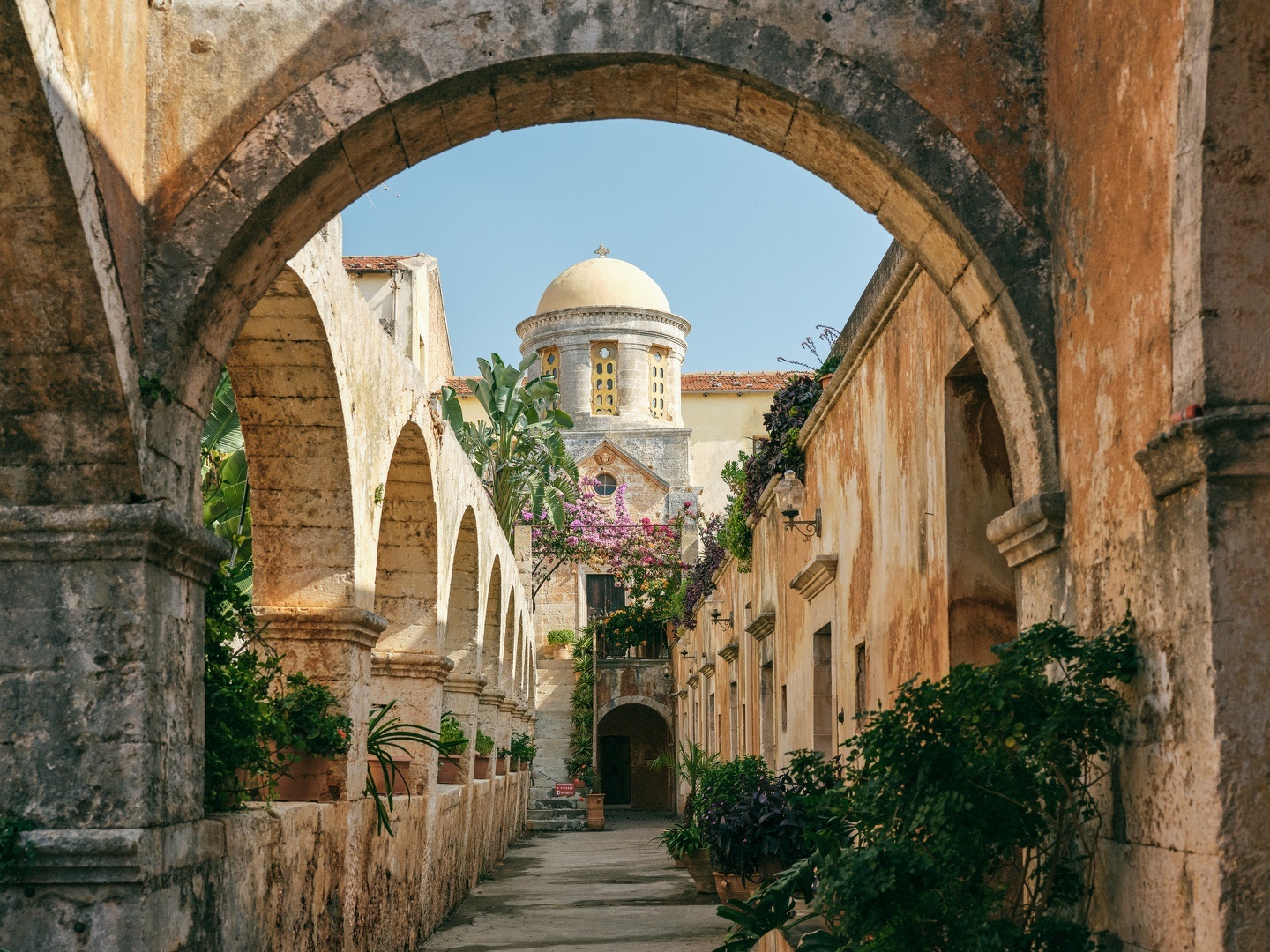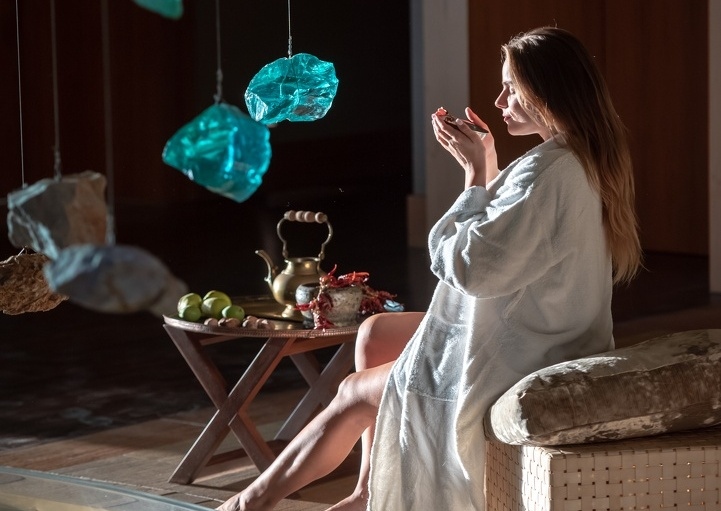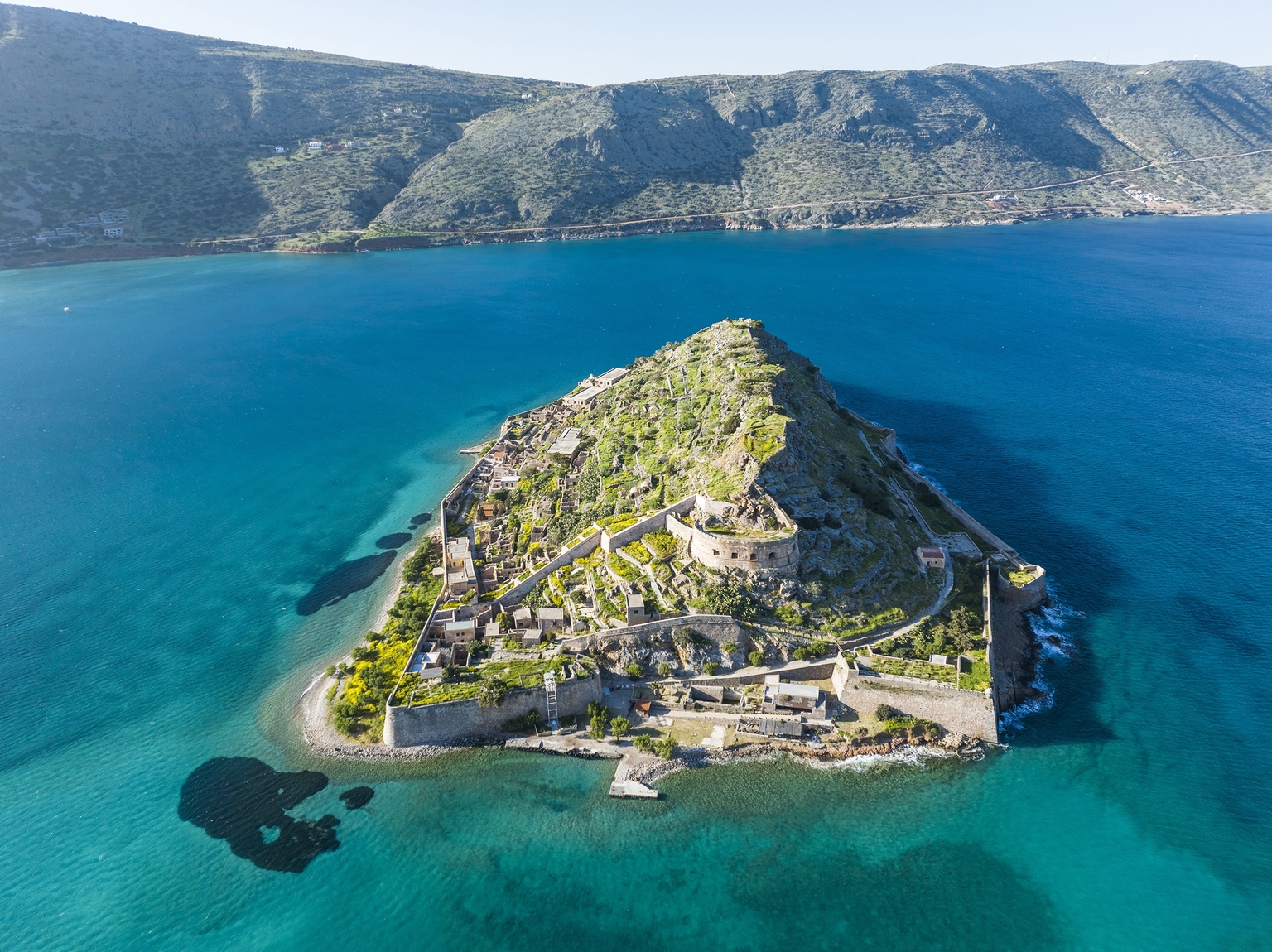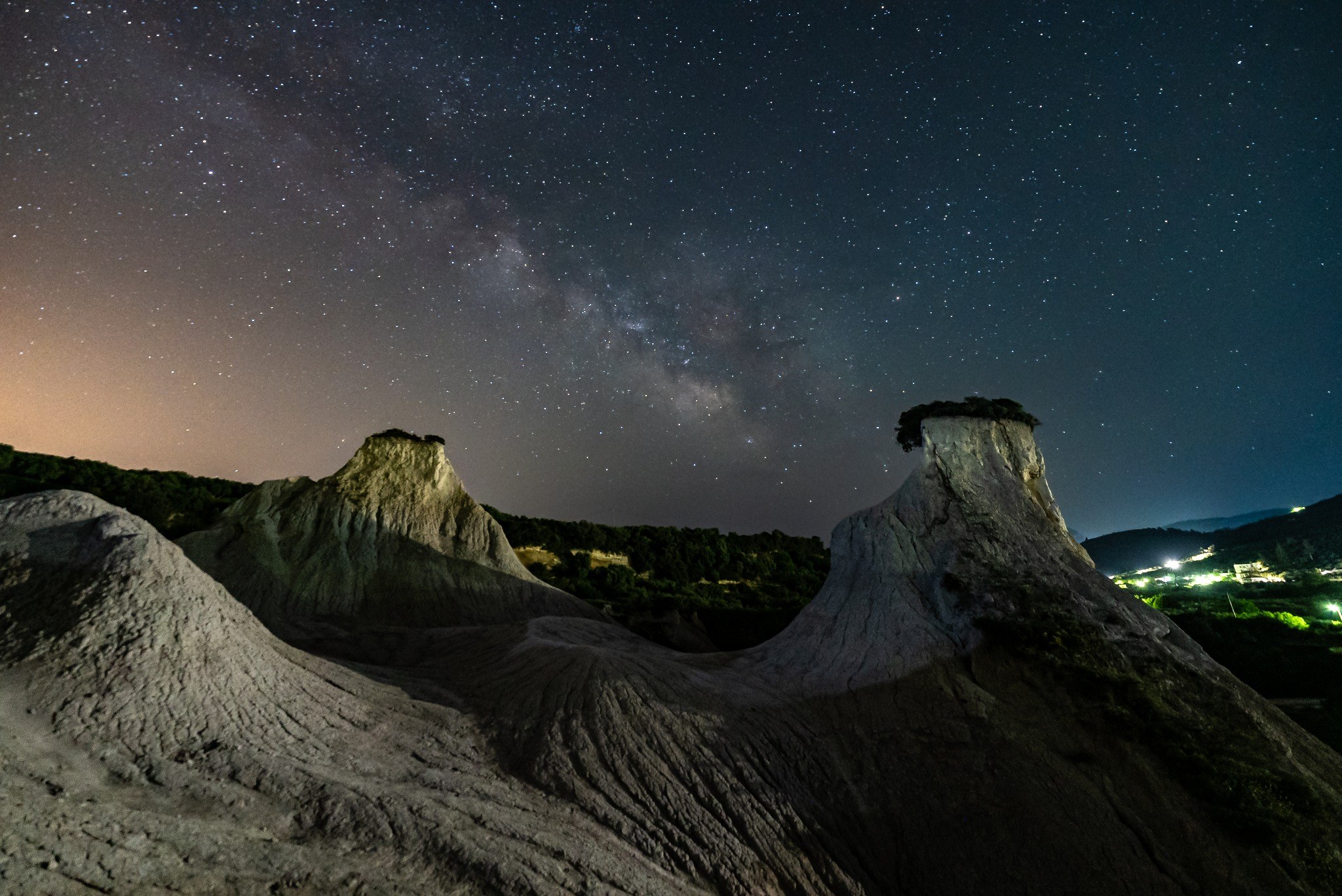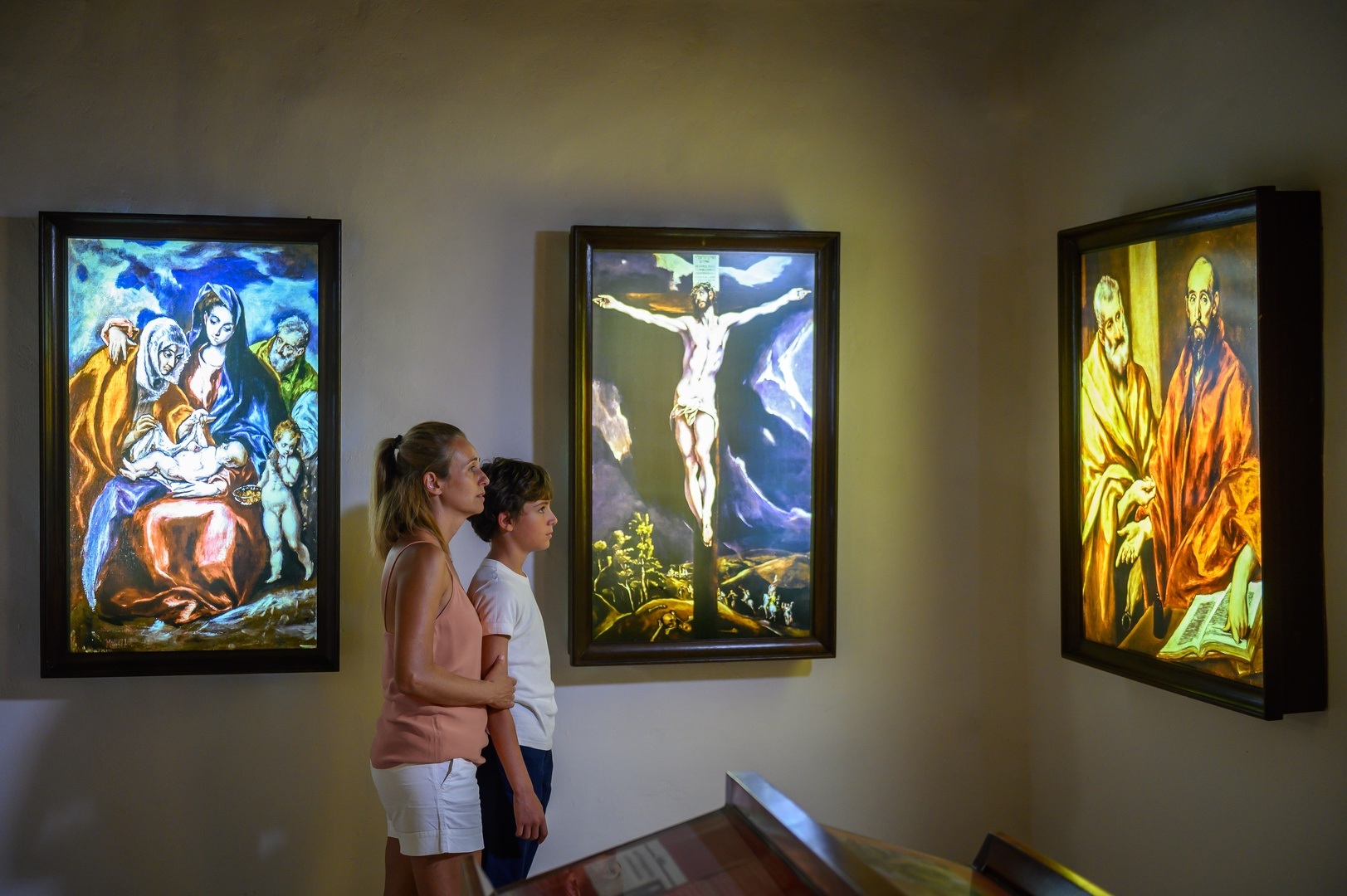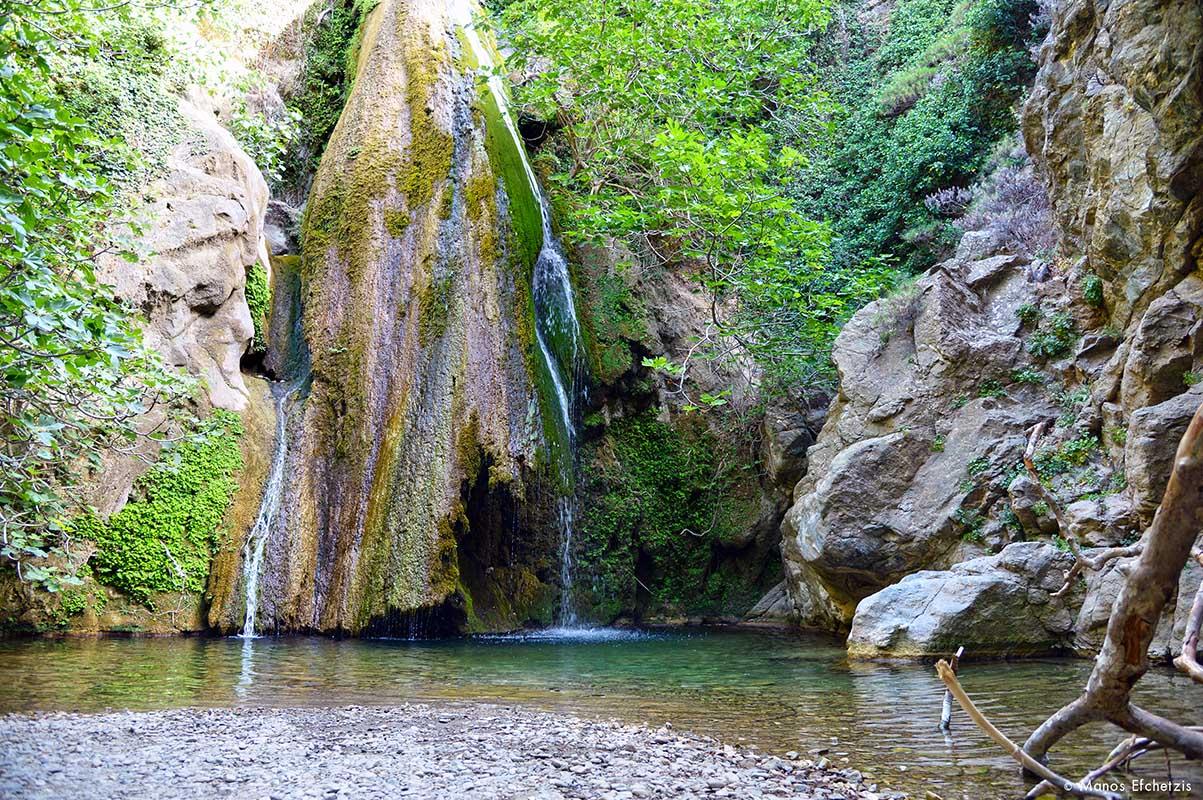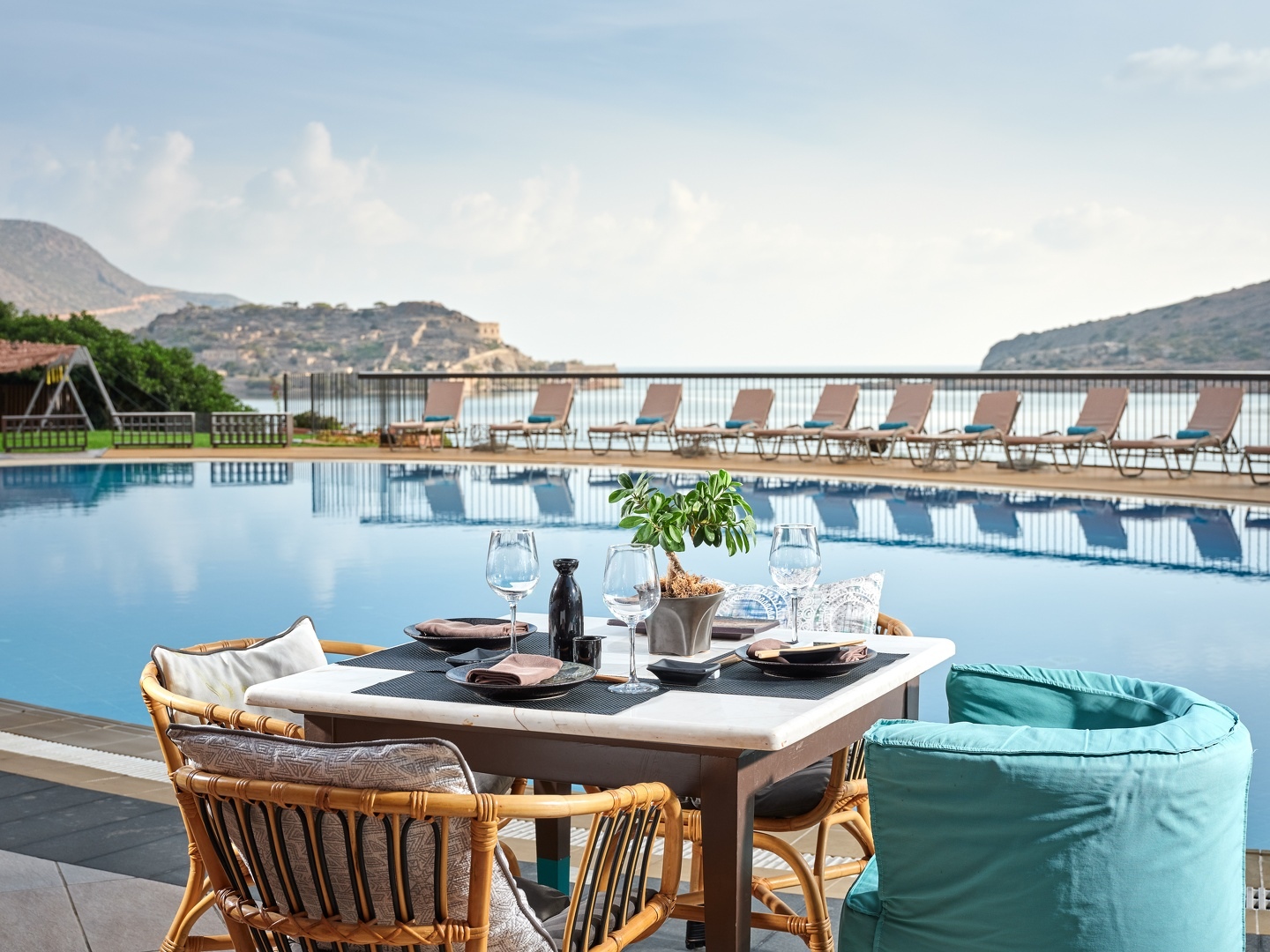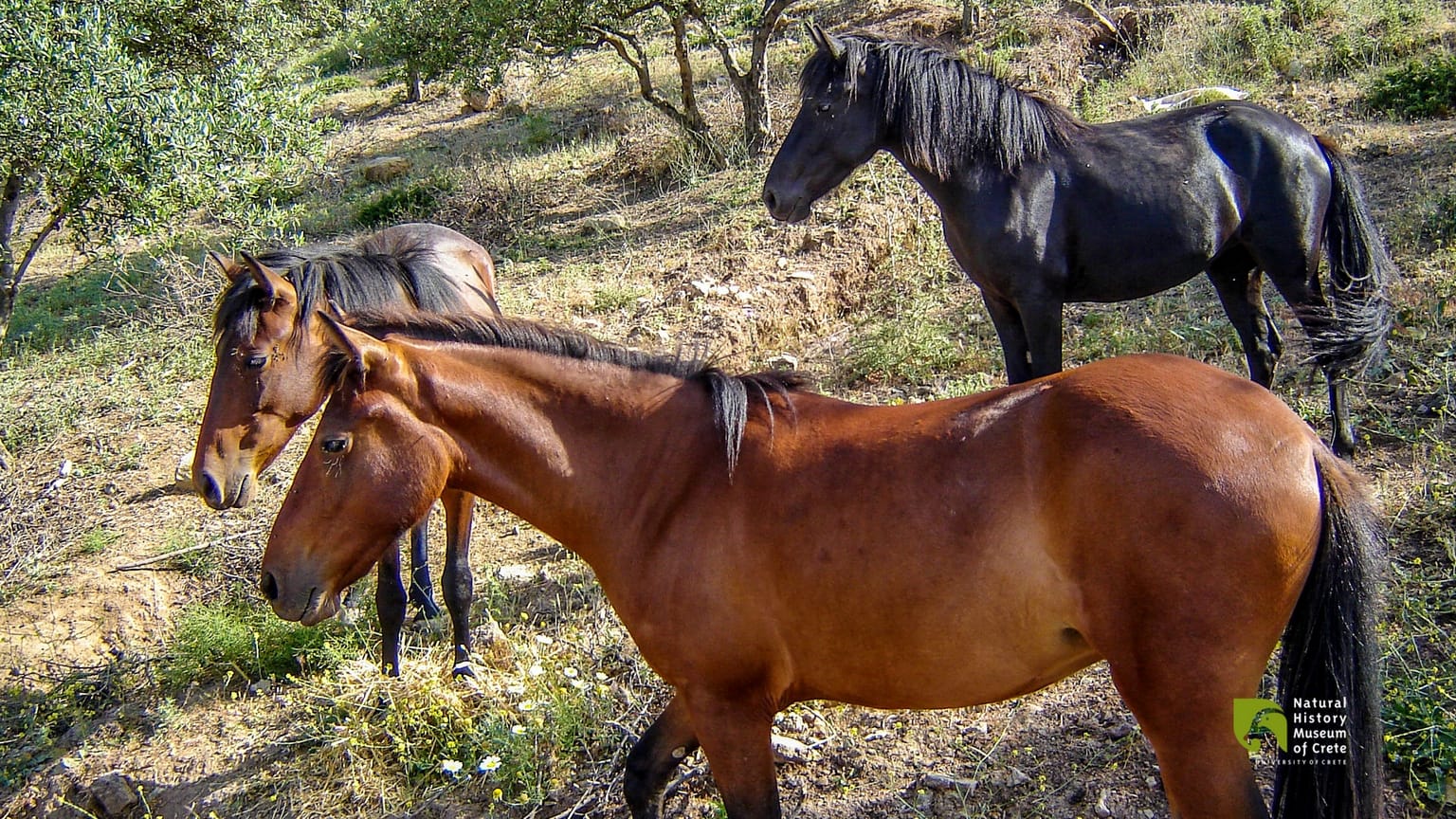
Minoans utilised horses resembling contemporary equines.
The domestic horse, known as 'Giorgalidiko' in Crete, is considered the oldest in Europe, with the Minoans using a horse similar to today's.
These horses possess a unique and natural characteristic known as a lateral gait. This term refers to the horse's swift movement in a two-beat rhythm, where the two right and two left legs are lifted alternately. This rare ability is innate, inherited through genetics, and not something the horse acquires through learning.
In recent years, a significant initiative has emerged to rescue and breed the Cretan horse. Various associations have been formed, bringing together numerous individuals, primarily young enthusiasts, dedicated to the care and preservation of the Giorgalidiko horse.
Information from the magazine NATURE
https://www.eepf.gr/images/virtuemart/product/Fysi110web.pdf
Text by Kleonikos Stavridakis, then Head of Environmental Education of the Prefecture of Rethymno
Text editing: DiscoverCrete Editorial Team
Photos: Spyridakis,G. / Natural History Museum of Crete – University of Crete

The fauna of Crete
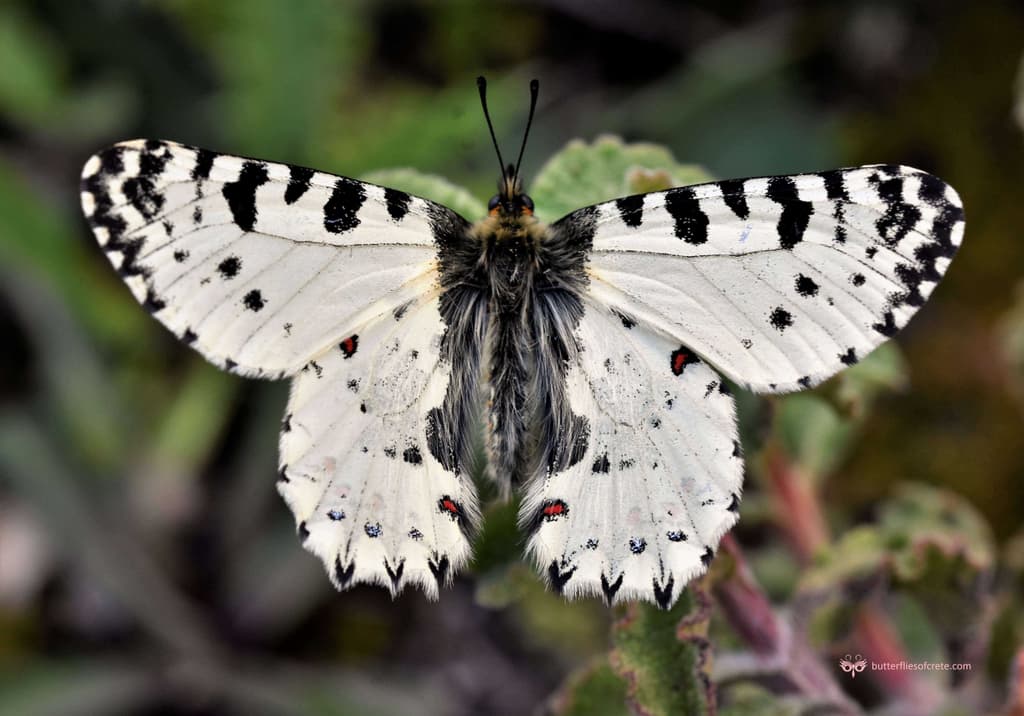
The Cretan endemic butterfly Zerynthia cretica
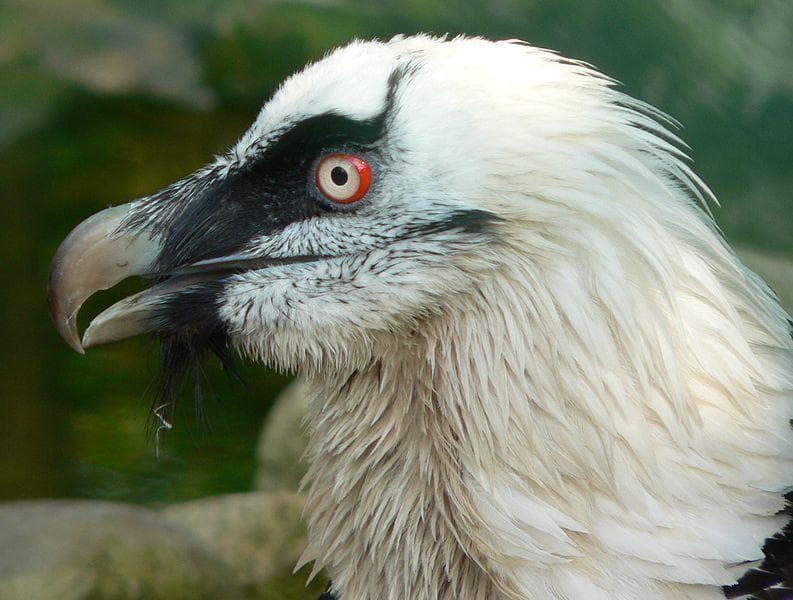
Bearded Vulture (Gypaetus Barbatus)
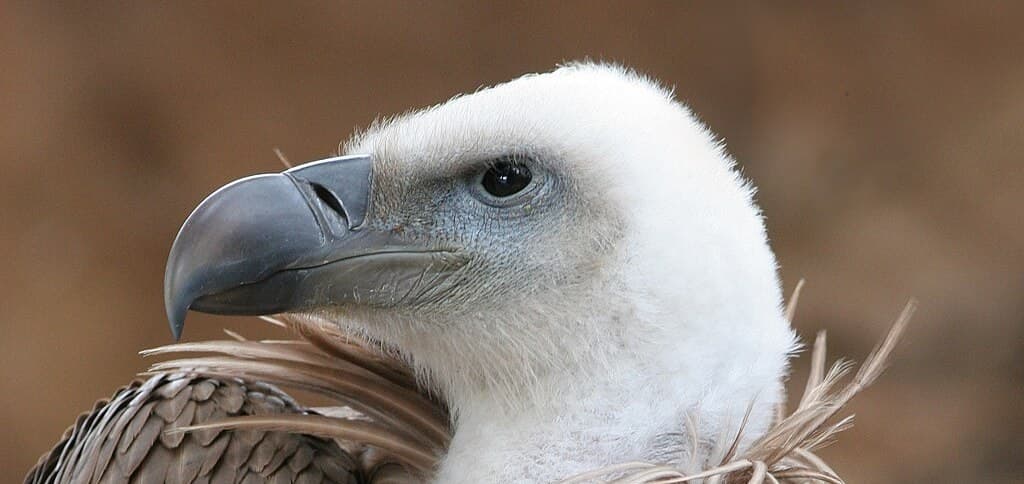
Griffon Vulture (Gyps Fulvus)
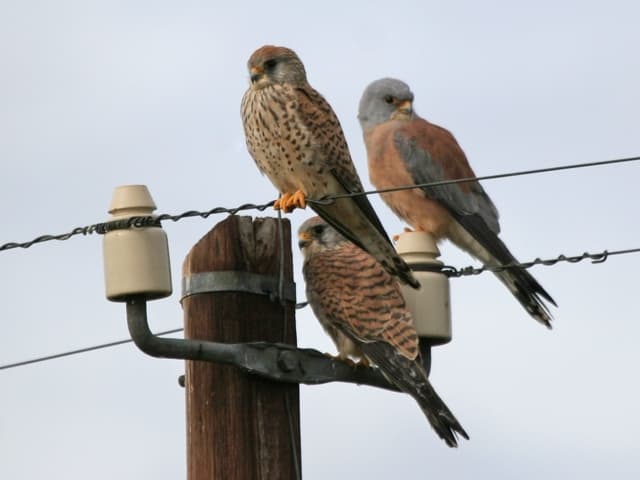
Lesser Kestrel (Falco naumanni)
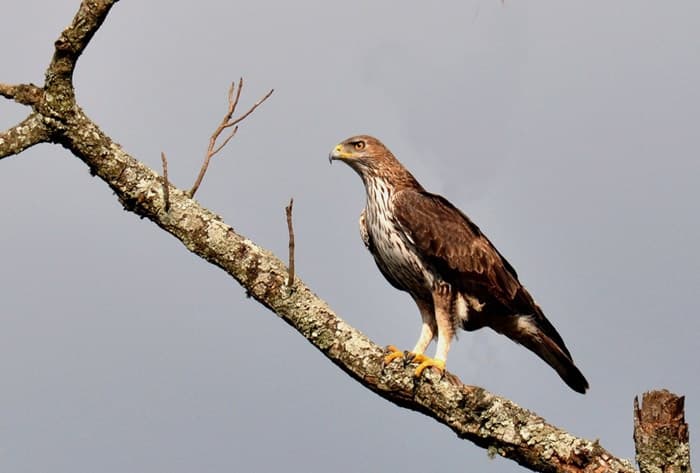
Bonelli's eagle (Aquila fasciata) (Hieraaetus fasciatus)

Eleonora's Falcon

The Cretan Badger
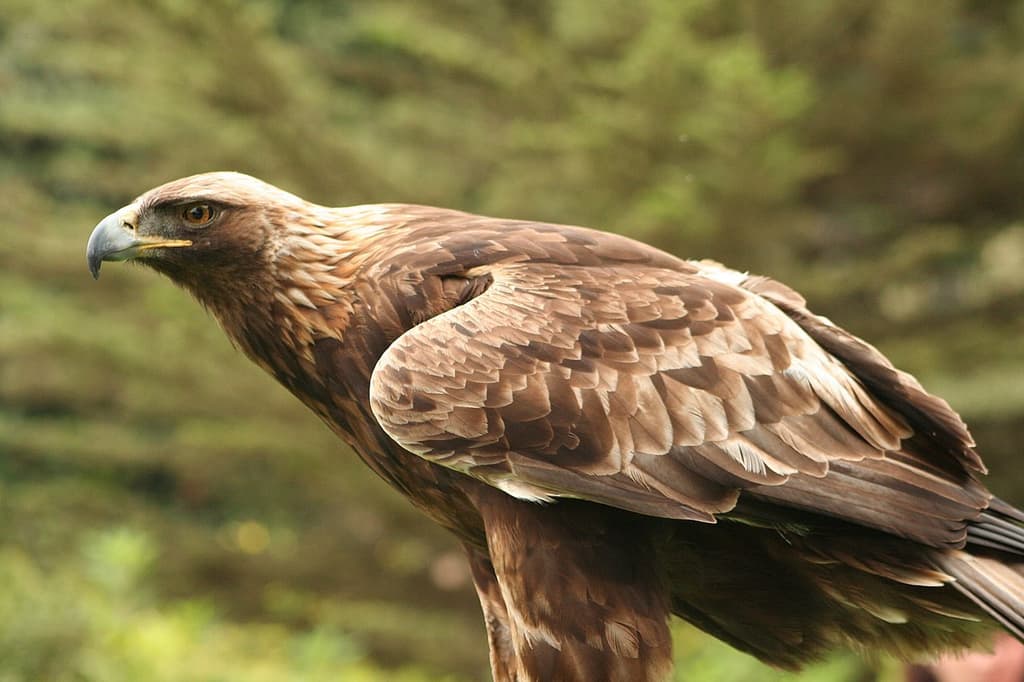
Golden Eagle (Aquila Chrysaetos)
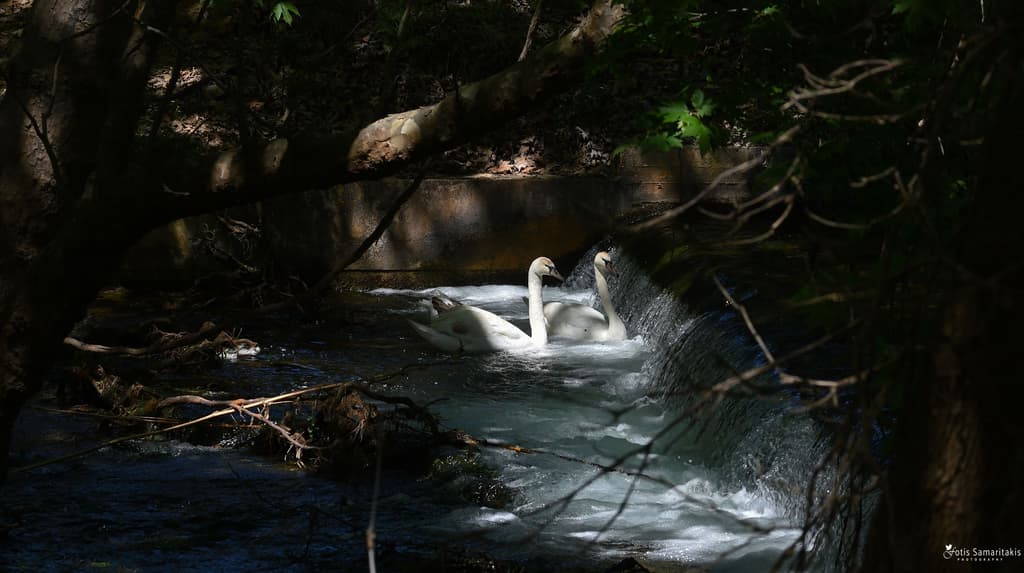
Mute Swan
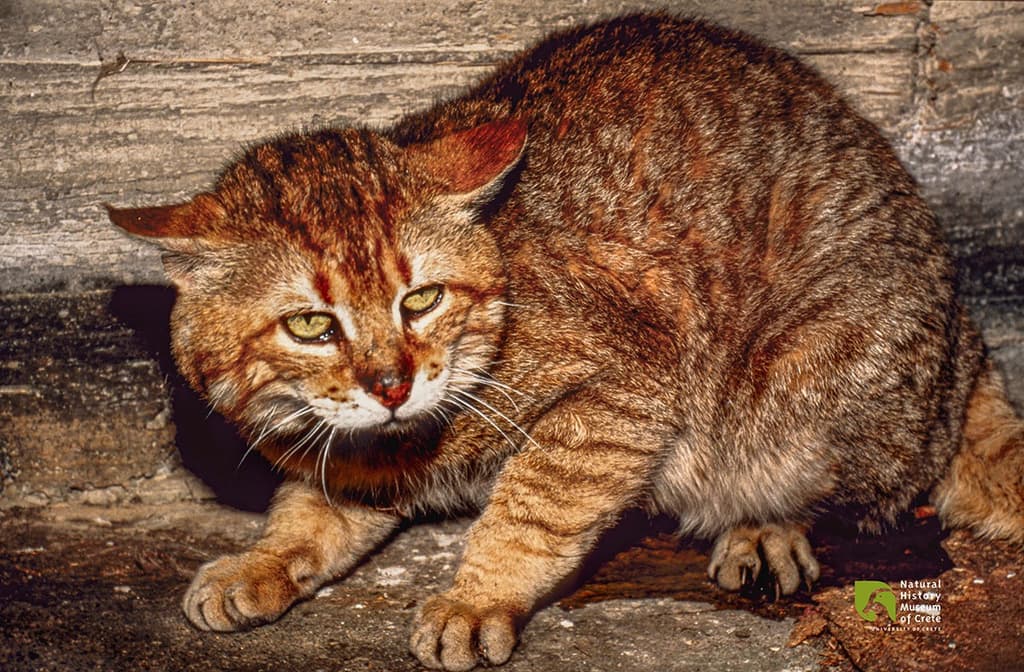
Cretan wildcat
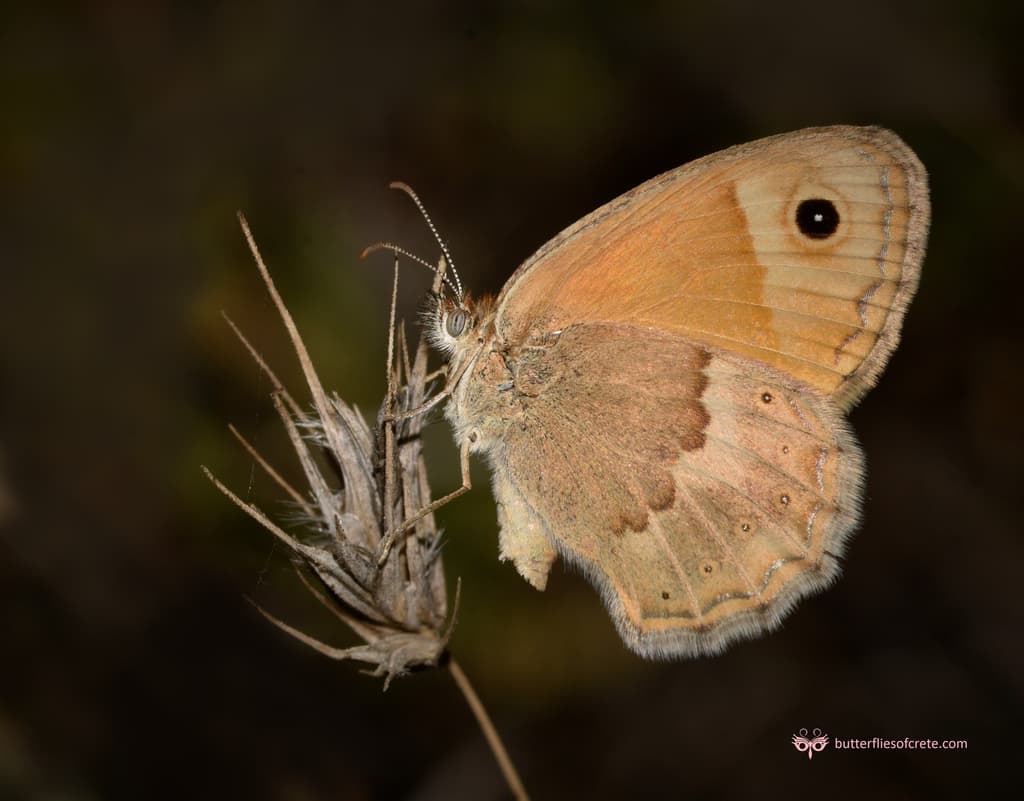
Butterflies and Moths of the island
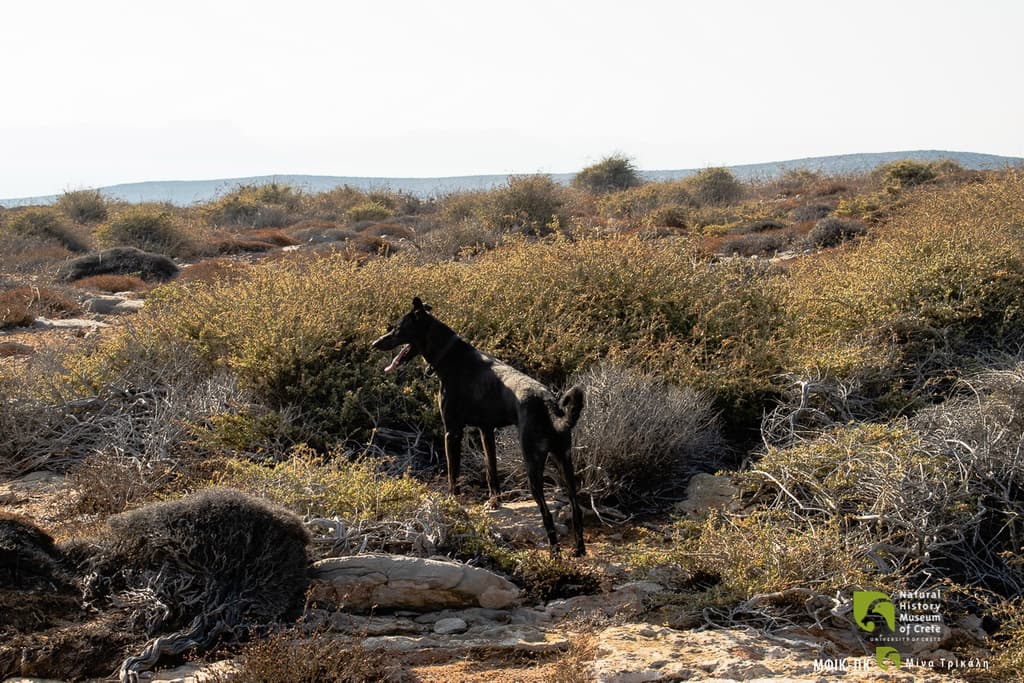
Cretan Tracker: Europe's Oldest Hound, a Gift from Zeus

Cretan shrew
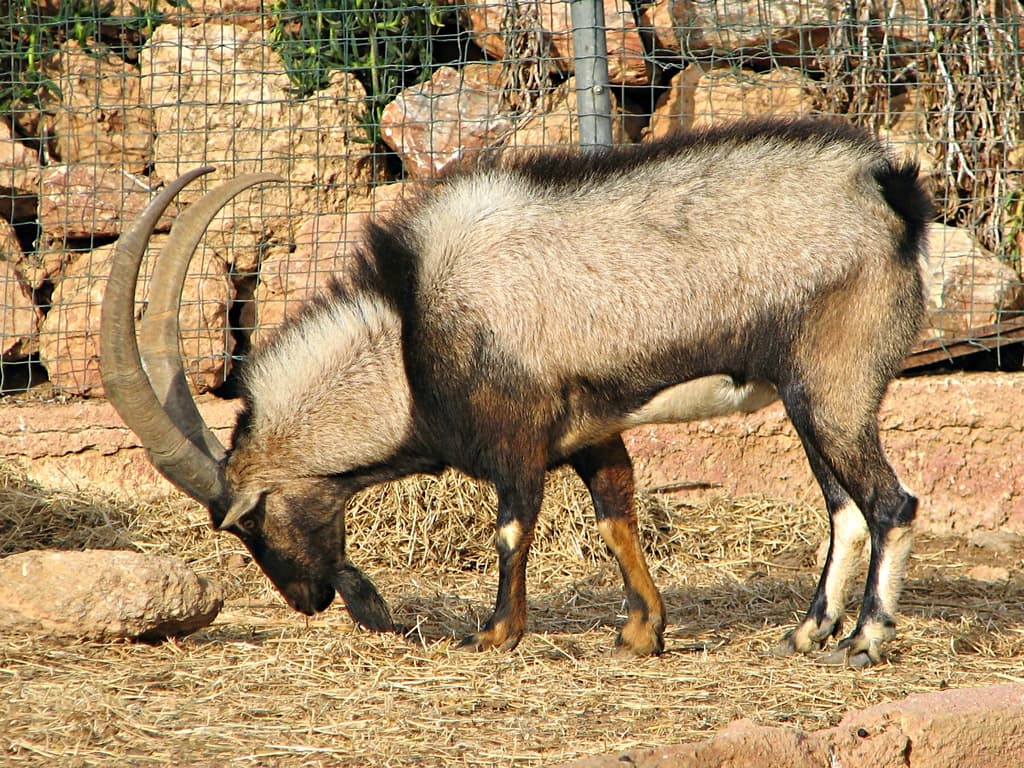
Kri-kri, the Cretan Wild Goat (Capra aegagrus cretica)
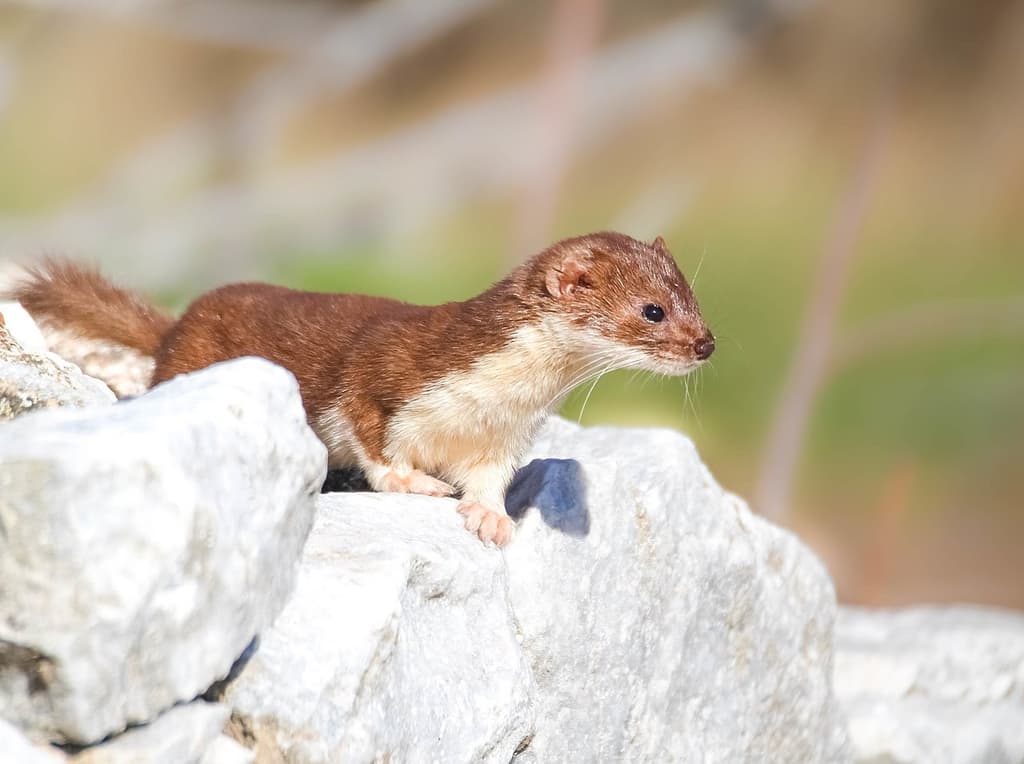
Least Weasel
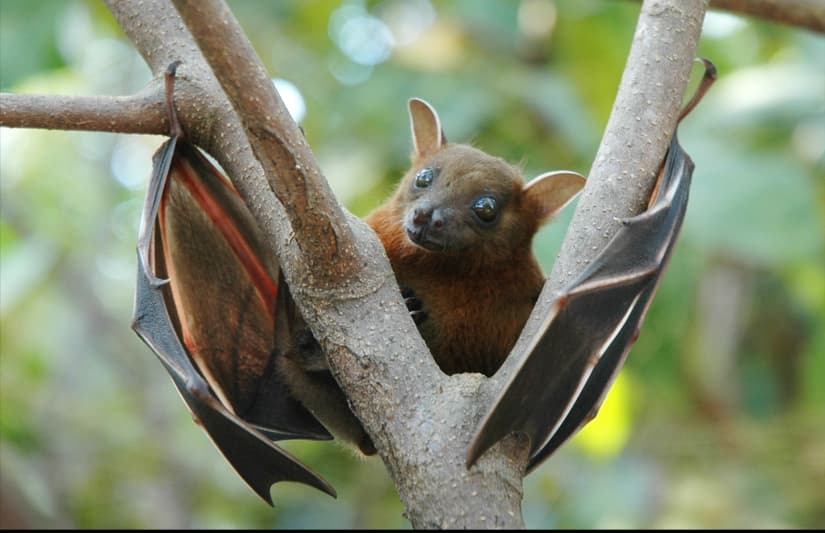
Bats
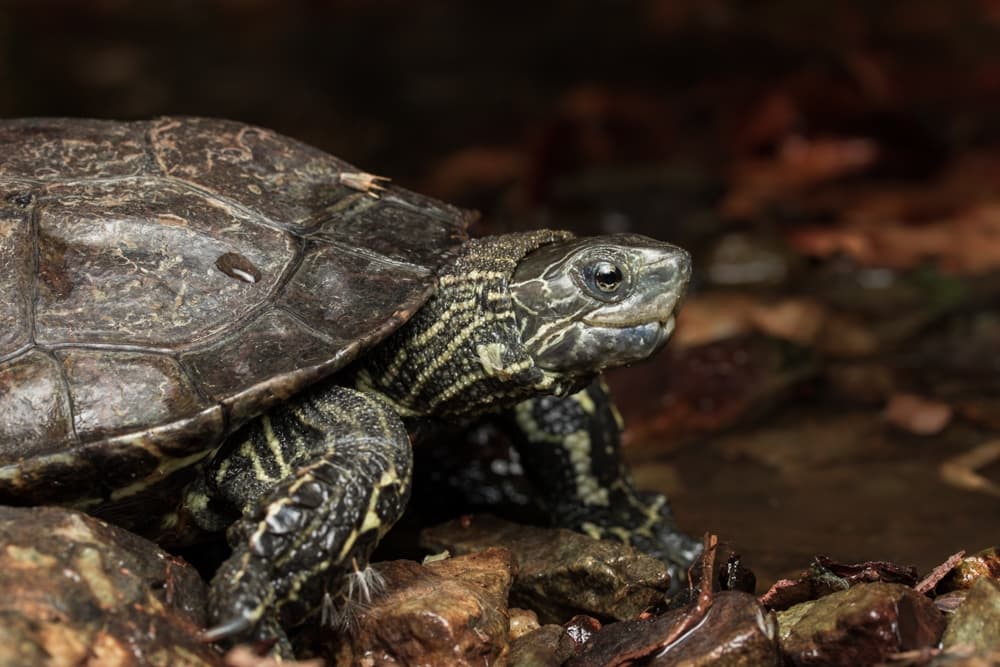
The Balkan Terrapin or Western Caspian Terrapin (Mauremys Rivulata)
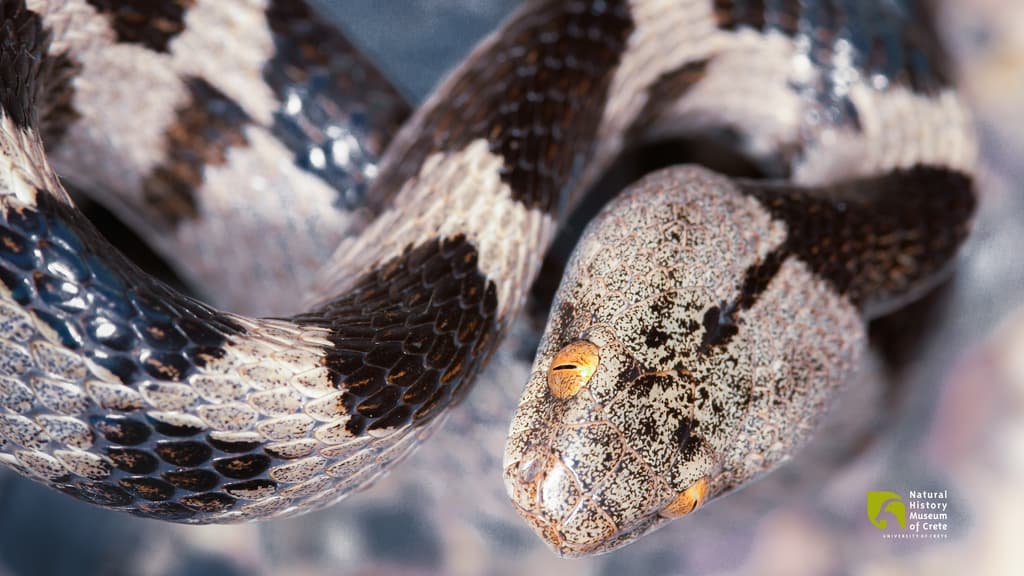
Cat Snake
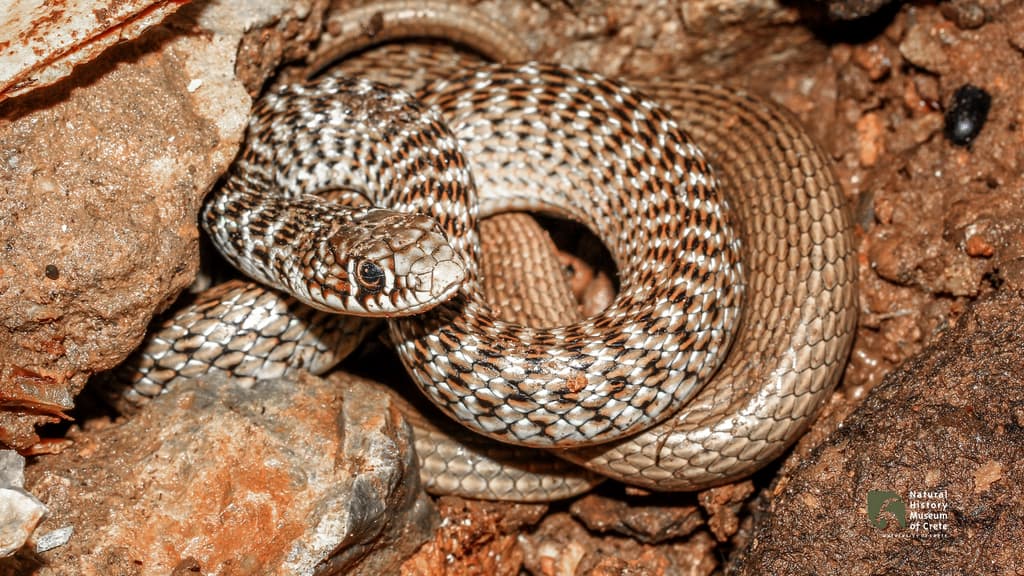
Balkan Whip Snake
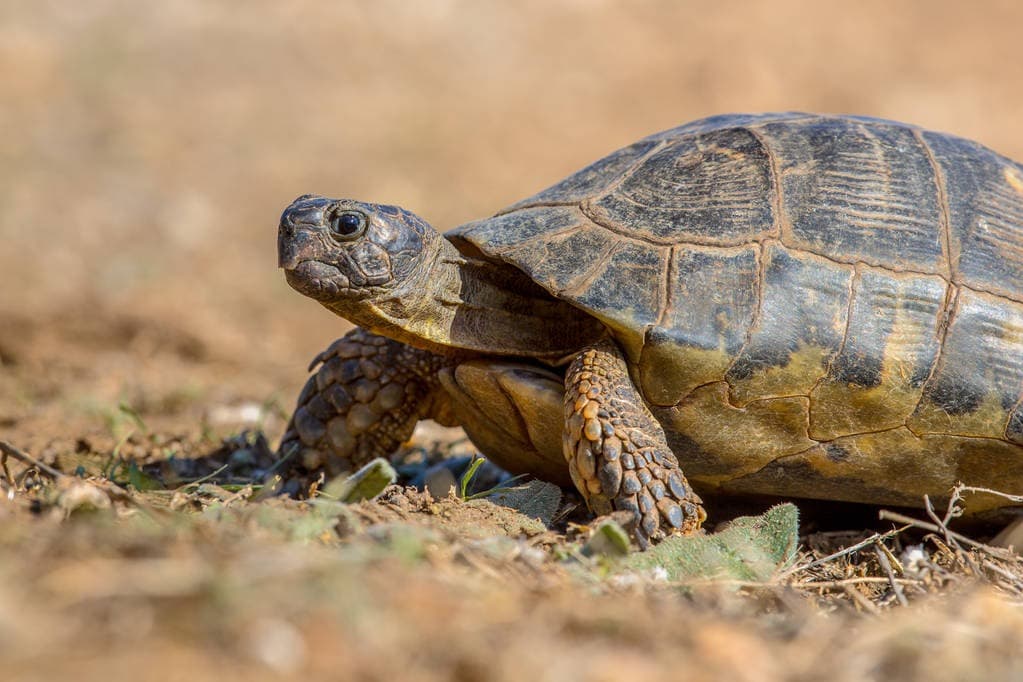
Marginated Tortoise (Testudo marginata)
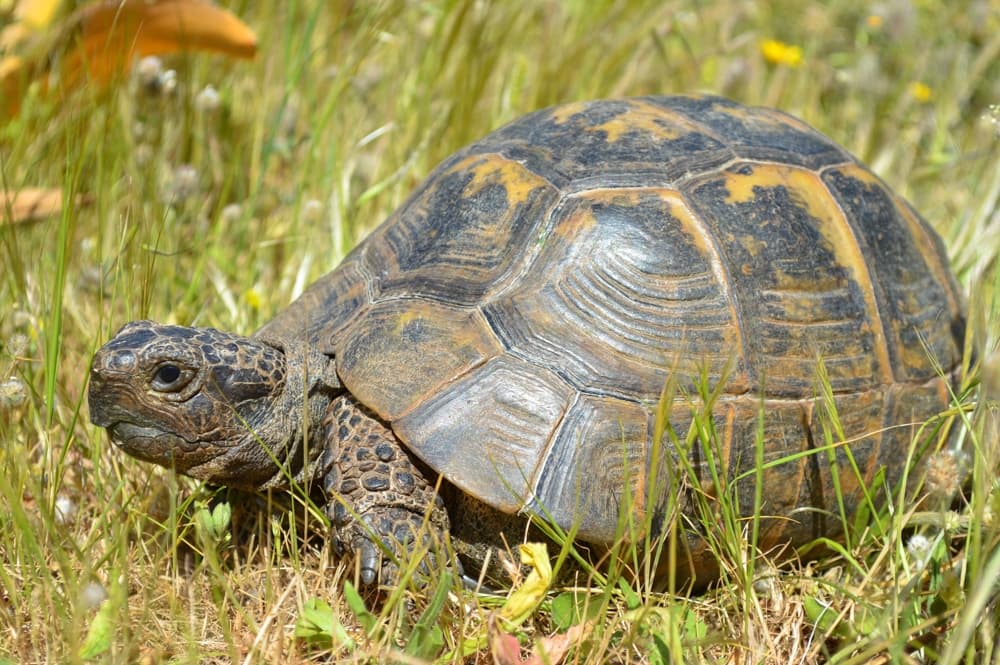
Greek turtle
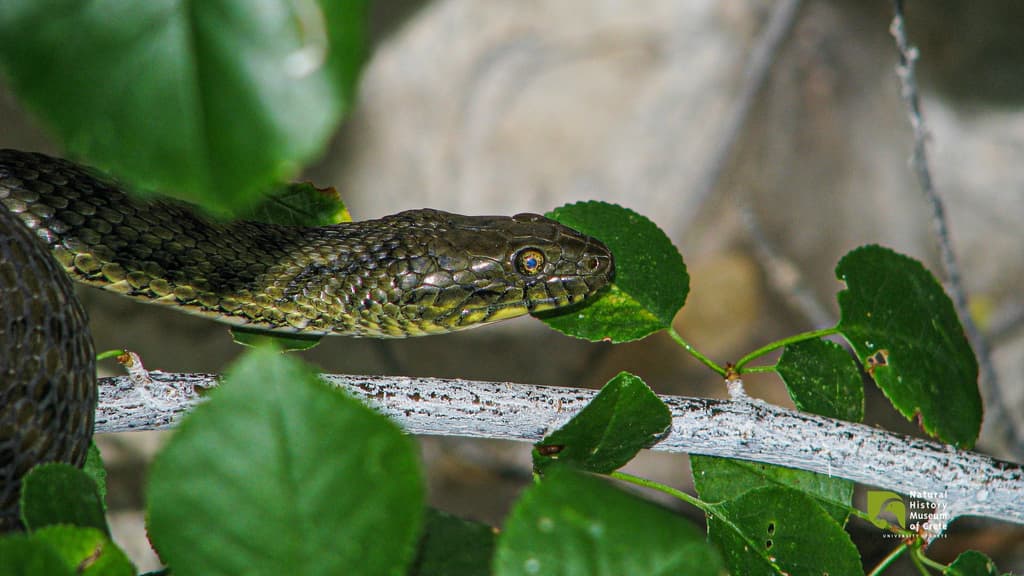
Water Snake

European Ratsnake or Leopard Snake
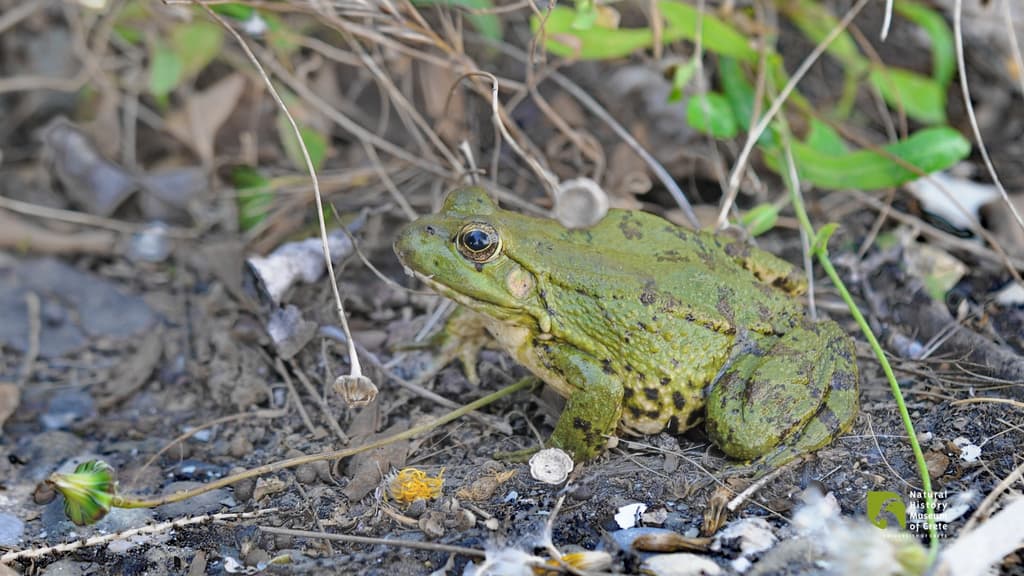
The Bullfrog
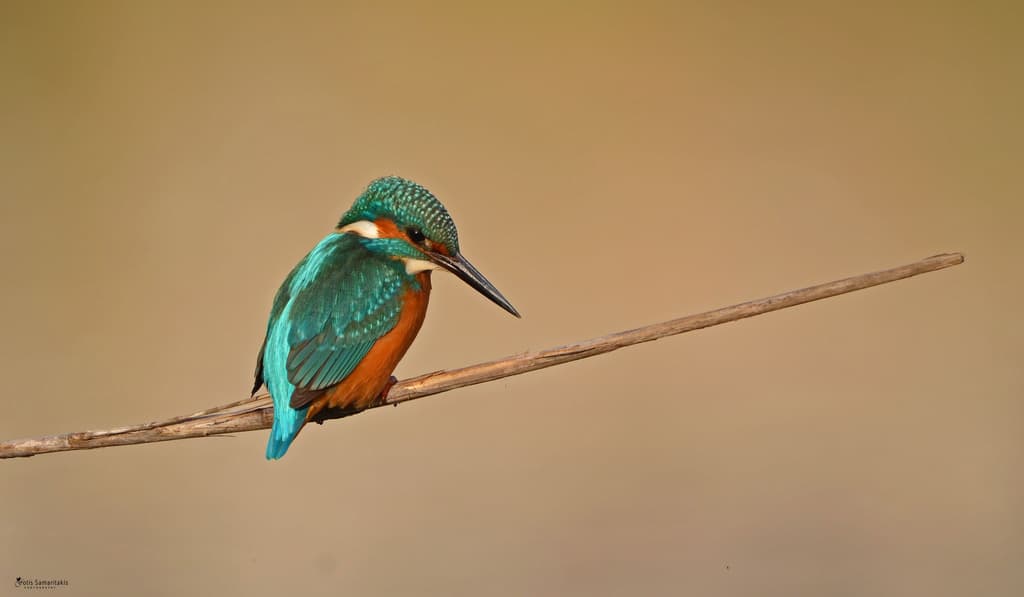
Common Kingfisher
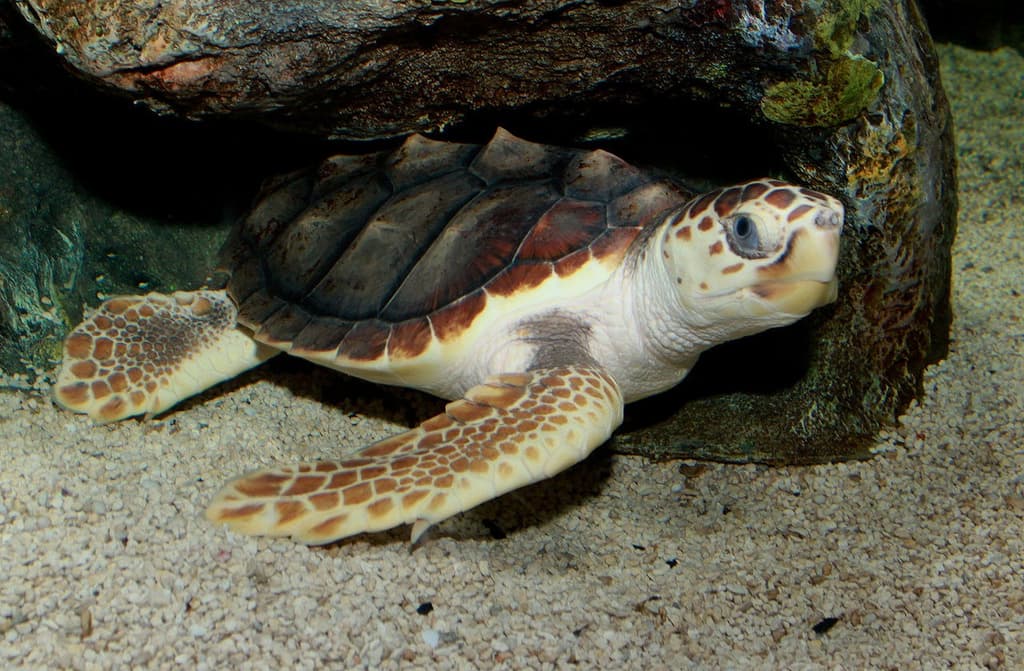
Caretta Caretta (Loggerhead Sea Turtle)
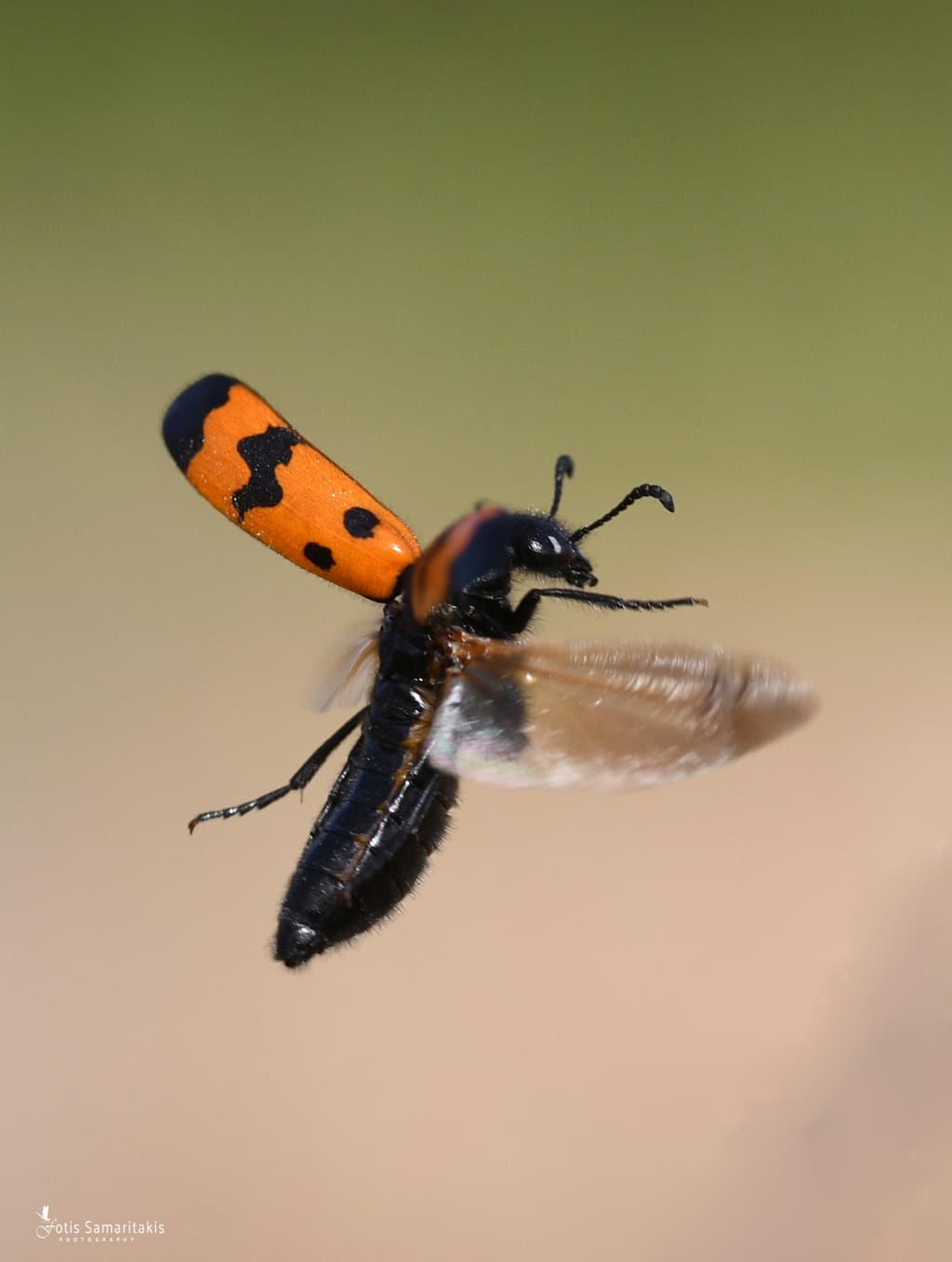
Coleoptera


